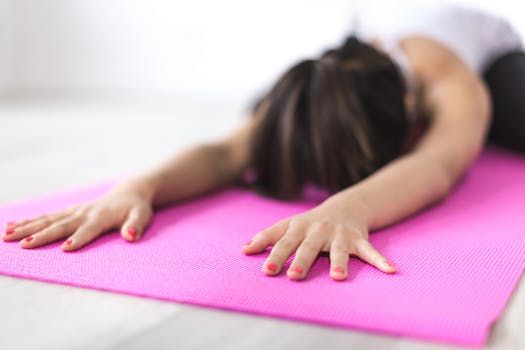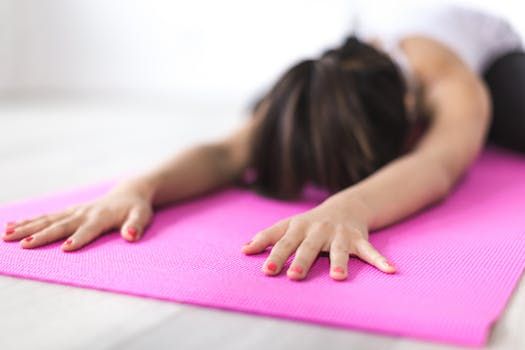Be in with the Yin Crowd!
Posted on

Yin Yoga has to be the most overlooked style of yoga around which is a crying shame as it has so many assets. That being said I know it will not be for everyone even the most convinced yoga practitioners probably because it is a very introspective an meditative type of yoga and there are those of us who will prefer something more dynamic.
Nevertheless, don't be deceived as while Yin Yoga is not necesaarily a restorative cosy practice it should have the same outcome as hatha albeit a differing path.
Yin Yoga could be said to have come out of hatha yoga in that it uses many of the conventional hatha postures with a few of its own thrown in that are growing in number every year along with some familiar but modefied poses too.
There are three practice elements to yin yoga.
One: come to a suitable or appropriate stretch (twist or squeeze)
Two: Relax, connect with the breath and relax into the pose
Three: Stay for time
The first element is of great importance and it is the one that many who are new to yin take a while to adjust to and sometimes they don't. Element One requires a little vigilence. The key is in the words suitable/appropriate. In Yin Yoga we are going to try and stay in the pose for anything from 3 to 6 minutes or longer (element three) and if we attempt to do this applying our selves in the same way that we might in a 30 second pose will be very tiring, stressful and build unwanted tensions.
Yin appeals more to our soft connective tissue which prefers gentle considered movements and stretching and if we cultivate this kind of approach it will help our tissues and skeleton to tone and strengthen over time.
The relaxing element is important as by letting go once we are in a yin pose then we build less tension and are less likely to feel stiff the following day.
We are also able to get into a better relationship with our breath because we are in the poses for longer and this allows us to be more focused and introspective. This latter value makes yin appealing to those interested in developing meditation.
So who might yin yoga benefit besides everyone!
Well, it tends to appeal to an interesting mix. On the one hand it is great for those who wish to conserve energy or who don't have a lot. It is also useful for sports people as it can be a great complement to active exercise. Over the years I have people with M.E. an CFS together with weight trainors, footballers, runners, cyclists an ju jitsu martial artists. But it can be beneficial to those who do other yoga during the week or simply walk for exercise. It is a good idea with yin to be sure to complement it with something more aerobic at least like walking during the week as out and out all stretching can weeken us an we don't want that.
So if you practice yoga already why not give yin a chance sometime or if you are in sport or want to complenment some other kind of daily exercise with a more prolonged stretching style yin is well worth a try. It can really bring on your flexibility.
There has been some interesting research recently in Japan that is showing that the kind of work we do in yin yoga can help heal soft connective tissue that might not respond to other kinds of treatment so yin is evolving.
Get in with the yin crowd!
Barry Todd



 The use of fear
The use of fear